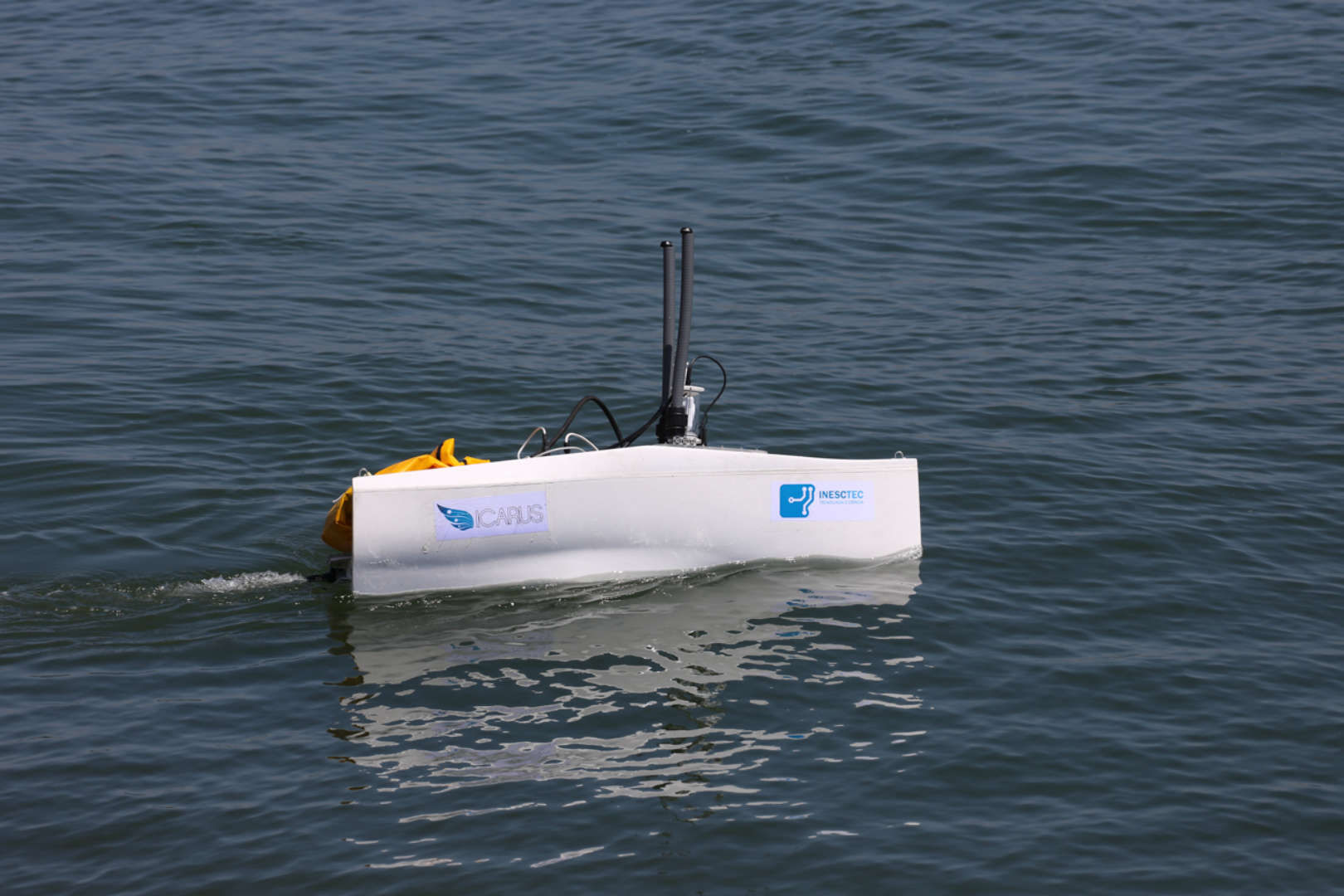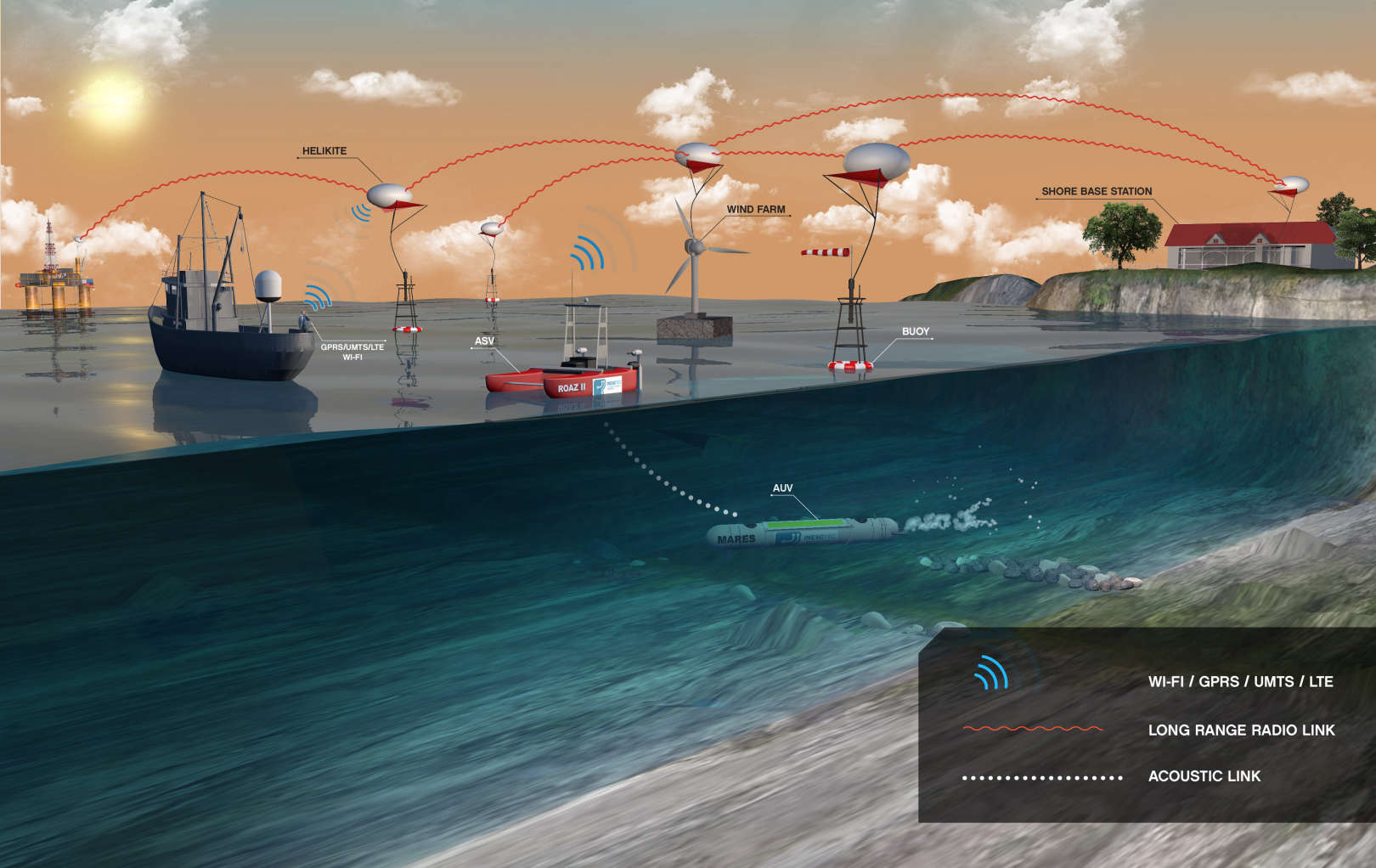Sobre
Aníbal Matos concluiu o doutoramento em Engenharia Electrotécnica e de Computadores pela Universidade do Porto em 2001. É atualmente professor associado na Faculdade de Engenharia da Universidade do Porto e membro do Conselho de Administração do INESC TEC. Os seus principais interesses de investigação são perceção, navegação e controlo de veículos robóticos aquáticos, sendo autor ou coautor de mais de 80 publicações em revistas e conferências internacionais. Tem participado e liderado projetos de investigação em robótica aquática e nas suas aplicações em monitorização, inspeção, busca e salvamento e defesa.




